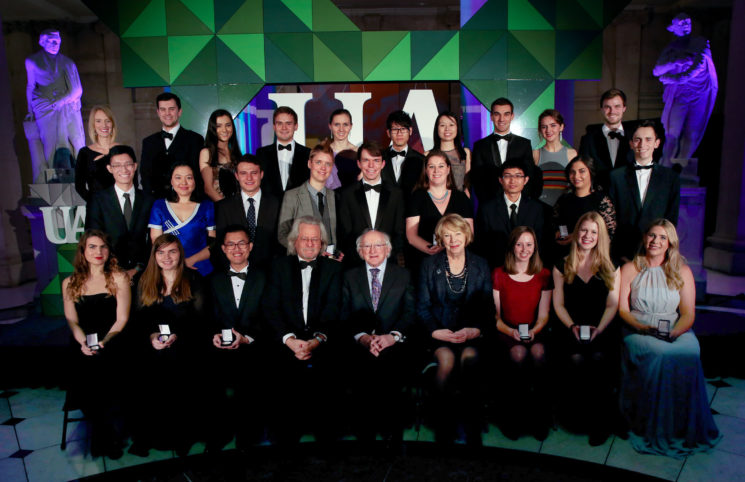2016 Undergraduate Awards
Document Type
Article
Publication Date
2016
Abstract
Moving along to the beat of music is a universal human trait. It is a behaviour that displays the interaction between auditory and motor systems during beat perception. While several studies demonstrate that motor structures are involved in beat perception, the time course of motor system excitability during beat perception is not well understood. To examine the time course of motor system excitability in beat perception, we stimulated the motor cortex with transcranial magnetic stimulation (TMS) and measured the amplitude of the corresponding motor evoked potentials from the first dorsal interosseous (FDI) muscle while participants listened to rhythms that induced a strong, weak, or no sense of beat. The amplitude of the resultant MEPs is an index of motor excitability. Using TMS allowed for causal interpretations of the effect of beat perception on motor system excitability. It was found that there were numerical differences in motor excitability between conditions: excitability was greater for rhythms with a stronger sense of beat. Moreover, as predicted, the trends we observed suggest that motor system excitability may increase in anticipation of the induced beat. These findings support the need for different, more sensitive, approaches in determining the dynamics of motor system excitability.





Notes
Image: "Music-brain" by Wuhuiru55. Licensed under CC BY-SA 4.0.